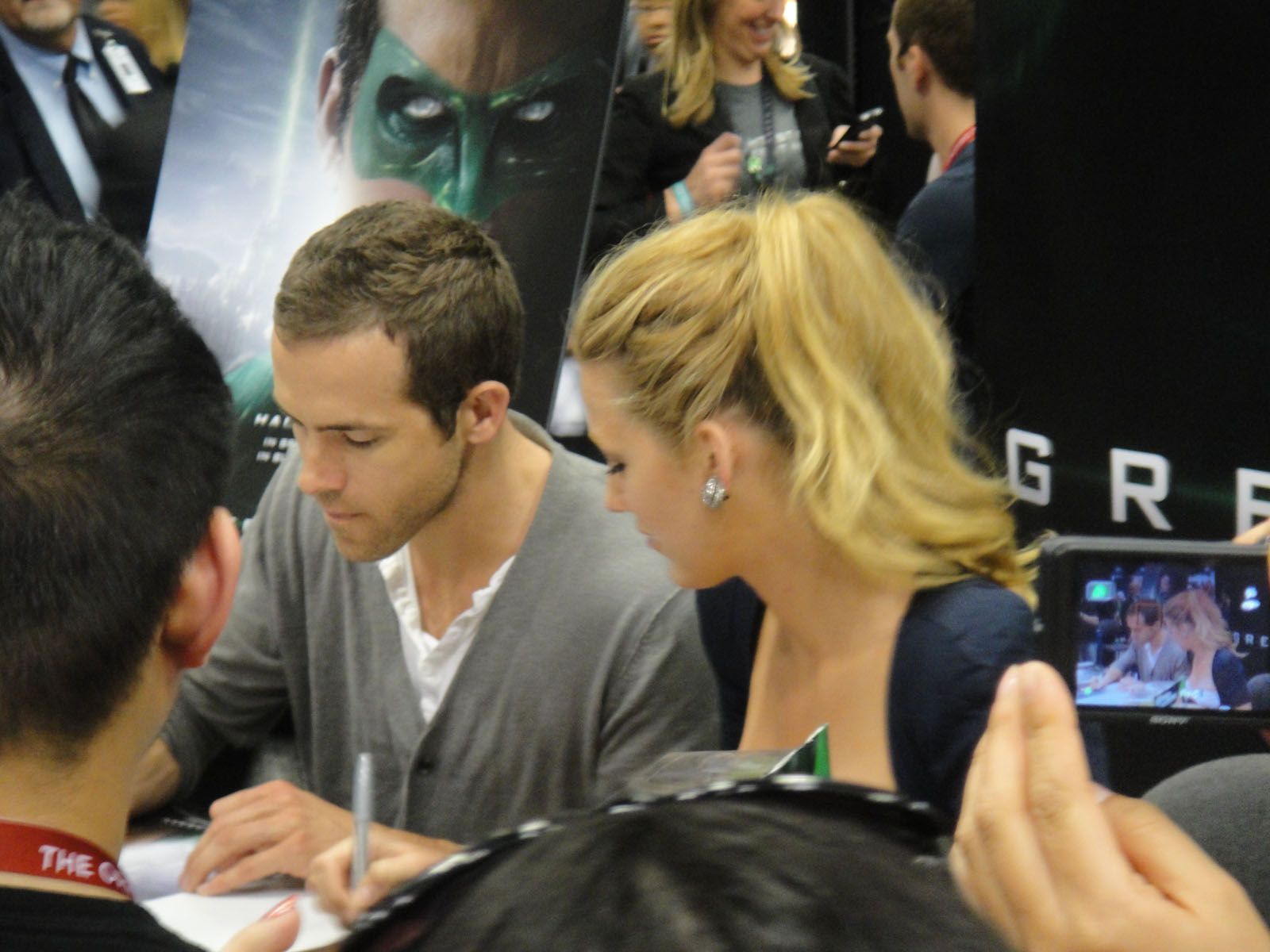
For decades, the Star Wars saga has captivated audiences with its epic storytelling, unforgettable characters, and groundbreaking visual effects. We’ve journeyed through galaxies far, far away, witnessed the rise and fall of empires, and cheered for heroes who defied unimaginable odds. But behind the iconic moments we all know lies a lesser-seen side of the saga—a treasure trove of deleted scenes and unused footage that never quite made it to the final cut.
These are more than just outtakes; they are fascinating glimpses into the creative evolution of George Lucas’s vision and the many ‘what if’ scenarios that could have reshaped our understanding of the Star Wars universe. From subtle character exchanges to entire subplots left on the editing room floor, these fragments reveal not just what was left out, but also why. Sometimes, scenes were cut for pacing, others for tonal reasons, and a few simply because the technology of the time couldn’t quite do them justice.
In this in-depth exploration, we’re diving deep into 10 such pivotal deleted scenes from across the entire Star Wars saga. Each of these moments, had they remained, would have profoundly shaped our perception of key characters, deepened narrative motivations, and provided crucial context that enriches the sprawling lore of a galaxy far, far away. Prepare to rediscover moments that would have transformed the very fabric of Star Wars as we know it, offering new layers of emotional resonance and character insight to the stories we hold so dear.

1. **Luke on Tatooine: Grounding a Future Hero**One of the most defining aspects of *A New Hope* is Luke Skywalker’s humble beginnings on Tatooine. We meet him as a farm boy yearning for more, a dreamer who hopes to escape his dreary life and join the Rebellion. It’s an effective introduction, but deleted scenes from the film reveal that we were originally going to get to know Luke in a far more intimate and relatable way. These excised moments would have shown Luke looking through high-tech binoculars, witnessing from afar the thrilling space battle between the Star Destroyer and the blockade runner at the very beginning of the film.
After witnessing such a momentous event, Luke would have then gone to Tosche Station, eager to share his incredible sighting with his friends. However, he’d arrive only to find that the battle had already ended, and his friends, predictably, thought he was exaggerating or even lying. These scenes weren’t just about a farm boy’s day; they also introduced Luke’s friend Biggs Darklighter in a more substantial way, with Biggs conveying to Luke his concrete plans to sneak away and join the Rebel Alliance. This early interaction with Biggs provides a tangible connection to the rebellion, grounding Luke’s aspirations.
While these scenes were ultimately cut, largely for pacing reasons, their inclusion would have added a considerable amount of world-building to Tatooine and given greater context to Luke’s character. They would have helped explain some of Luke’s initial “whinier tendencies” by showcasing his frustrations and dreams before the call to adventure. By painting a more detailed picture of his pre-adventure life, his eventual transformation from a discontented farm boy to a galactic hero would have felt even more profound and earned, allowing audiences to connect more deeply with his journey right from the start.

2. **Luke and Leia Get Closer: Heightening Emotional Stakes***The Empire Strikes Back* is renowned for its deepening character dynamics and surprising emotional turns, but an infamous moment involving Luke and Leia could have been even more awkward, or perhaps, more poignant. The film features Leia Organa planting a kiss on a recuperating Luke Skywalker, a moment designed to spark jealousy in Han Solo. This scene, however, was later undercut by the revelation that Luke and Leia are siblings, making the previous romantic tension retrospectively uncomfortable. Yet, a deleted portion of this sequence would have amplified that tension considerably.
In this excised part of the scene, which takes place while Luke is recovering in the Alliance’s medical bay after his brutal Wampa attack, Luke and Leia engage in a private, intimate conversation before Han enters the room. With his near-death experience fresh in his mind, Luke, facing his mortality, begins to tell Leia how he truly feels about her, believing he might not get another chance. They very nearly share a more intimate kiss, a moment of raw vulnerability and burgeoning affection, only to be interrupted at the last second by the ever-inconvenient C-3PO, a perfect example of his unintentional comedic timing.
Beyond the romantic implications, this sequence would have also featured Luke revealing his plan to go to Dagobah to Leia, directly after his near-death experience. This adds another layer of color to his inner life and his immediate, personal decision to seek out Yoda, rather than it feeling like a more detached strategic move. Had this scene remained, it would have significantly heightened the emotional stakes of their relationship, making the later sibling revelation even more impactful and dramatically complicated. It underscores Luke’s deep trust in Leia and his willingness to confide his deepest fears and hopes in her, forging a bond that transcends mere friendship or even romantic attraction, leaning into the profound connection they share.
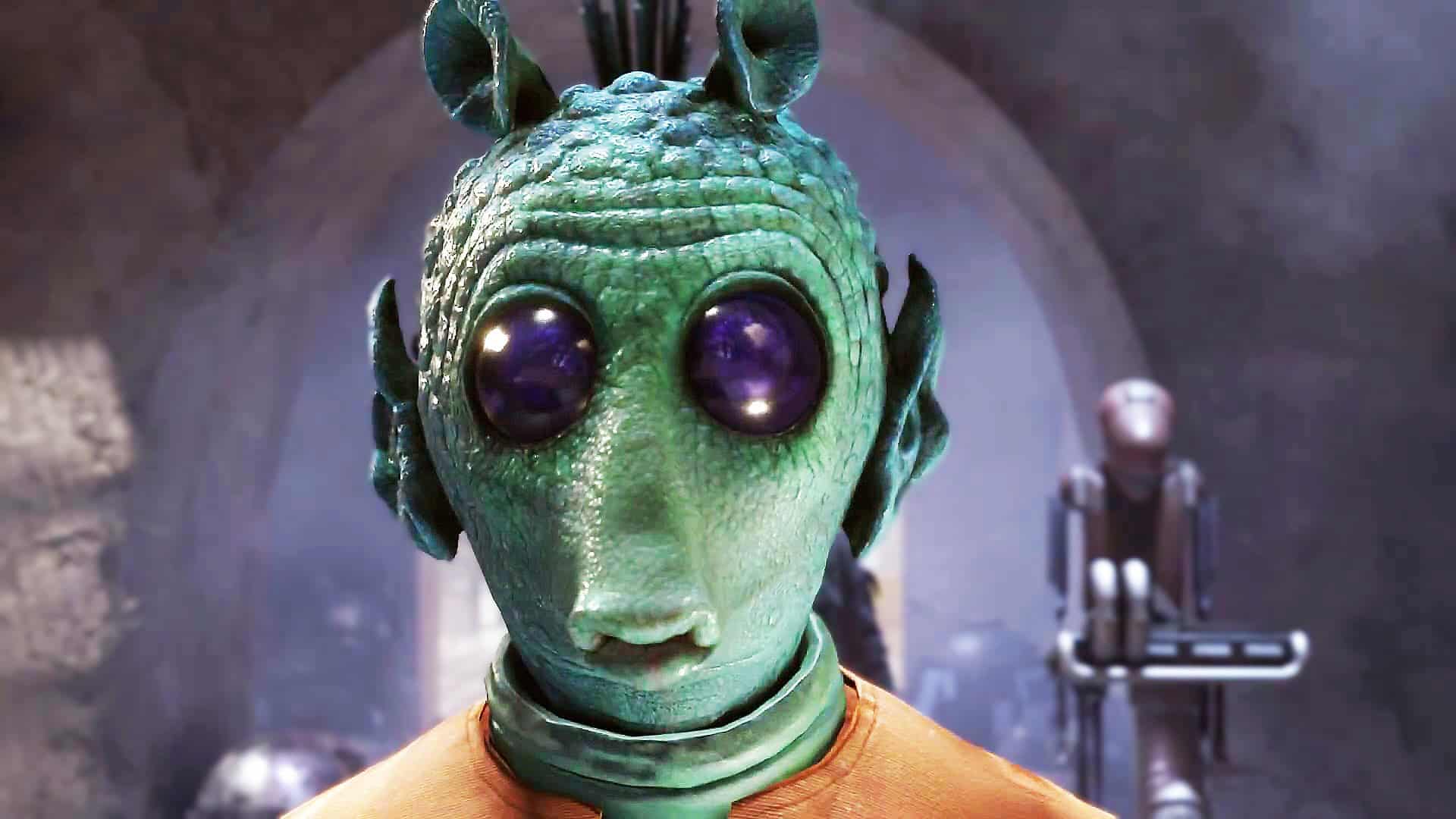
3. **Greedo Causing Trouble: Foreshadowing Anakin’s Dark Path**While Greedo is most famously remembered for his fateful encounter with Han Solo in *A New Hope*, *Episode I – The Phantom Menace* initially sought to establish his inherent nastiness much earlier, and in a way that offered crucial foreshadowing for another key character: Anakin Skywalker. George Lucas shot additional footage for the podrace sequence in *The Phantom Menace*, which included an intriguing deleted scene immediately following Anakin’s hard-fought victory. This scene showcased a physical altercation between a young Anakin and a younger Greedo.
In this cut sequence, Greedo, ever the troublemaker, accuses Anakin of cheating to win the race, sparking a physical fight between the two. It’s Qui-Gon Jinn who steps in to break up the scuffle, offering Anakin a profound lesson about inner truth and the futility of arguing when one knows the truth themselves. This moment serves a dual purpose: it firmly establishes Greedo as a ‘jerk’ from a young age, providing a minor yet amusing continuity detail for fans of the original trilogy, linking his youthful antagonism to his adult bounty hunter persona.
More importantly, however, the scene serves to underline the inherent anger and potential for aggression present in Anakin Skywalker even as a child. George Lucas ultimately decided to cut the scene because he wanted Anakin to be portrayed as a genuinely good character in his youth, with his turn to evil reserved for adulthood. However, its inclusion would have provided vital foreshadowing, illustrating that Anakin’s temper and capacity for violence were always simmering beneath the surface. This early glimpse into his darker impulses would have made his eventual fall to the Dark Side feel more organic and less abrupt, a tragic culmination of traits that were always a part of him, subtly enriching the entire saga’s overarching narrative of his destiny.
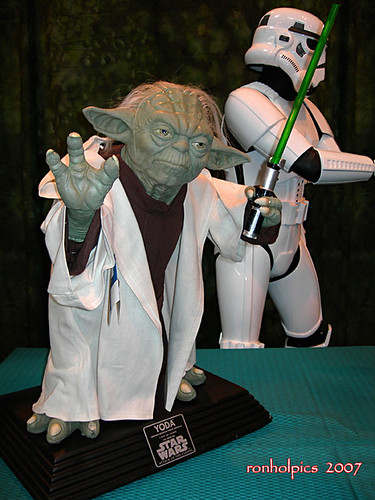
4. **Anakin Meets the Parents: Adding Layers to Padmé Amidala***Episode II – Attack of the Clones* sees Anakin Skywalker and Padmé Amidala retreat to Naboo, ostensibly for security. This forced proximity ignites their forbidden romance, but deleted scenes from the film would have painted an even richer, more nuanced picture of Padmé and the socio-political world she inhabits. The Naboo retreat was initially much more substantial, featuring an extended sequence where Padmé discusses her illustrious political career—her popularity as queen was such that the people considered amending the Constitution for her to serve longer.
Even more significantly, the deleted sequence included Anakin meeting Padmé’s mother, father, and sister. This interaction humanizes Padmé considerably, revealing that she wasn’t raised as an aristocrat but cherishes a quiet family life, despite feeling the immense pressure to continue serving in the Senate. Her passion for humanitarian work across the galaxy is also highlighted, painting her as a compassionate and dedicated public servant, far more than just a love interest. This familial setting allows audiences to see a different side of Padmé, grounding her character in a relatable domestic sphere.
During this family gathering, Anakin’s own evolving character is subtly revealed as he bristles slightly when Padmé tells her parents that he is ‘not her boyfriend.’ This small but telling detail provides insight into his growing possessiveness and his impatience with the secrecy surrounding their relationship. While these scenes may have slowed the final film down a bit, their inclusion would have added a tremendous amount of color and depth to Padmé’s past and motivations. It would have made her eventual sacrifices and her role in the saga’s unfolding tragedy resonate far more deeply, providing crucial context for the strength and resolve she displays throughout the prequel era and her lasting impact on the galaxy.

5. **Jedi Sidequest: Expanding the Order’s Reach and Might**One of the great joys of the prequel trilogy is witnessing the Jedi Order during its last period of strength and prominence in galactic history. While the films effectively introduce younger versions of iconic characters like Yoda and Obi-Wan Kenobi, the sheer scope of the narrative often means that their many colleagues, other Jedi Masters, are relegated to supporting roles, with little dialogue or individual action. Apart from Qui-Gon Jinn and Mace Windu, many talented Jedi barely get a moment to shine, leaving fans curious about their true capabilities.
A deleted sequence set amid the climactic battle of *Attack of the Clones* on Geonosis would have gone some way to remedying this, offering a glimpse into the broader collective strength of the Jedi Order. Originally, this monumental battle was meant to include an additional action sequence featuring Jedi Masters Ki-Adi-Mundi and Plo Koon. These two formidable Jedi would have staged a daring raid on a droid control ship, a mission that showcases their individual leadership and combat prowess beyond what was seen in the final cut.
Though this sequence was never fully finalized for release, its conceptualization and partial filming underscore the intent to expand the audience’s perception of the Jedi’s collective might. Had this ‘sidequest’ remained, it would have provided more screen time and action for these supporting Jedi characters, deepening our understanding of their roles in the Clone Wars. By showcasing more of the Order’s collective strength, valor, and strategic acumen, their eventual and tragic fall during Order 66 would have felt even more poignant, magnifying the sense of loss and emphasizing the devastating impact of Palpatine’s machinations on a truly formidable force for good in the galaxy.

6. **The Rise of the Rebellion: Laying Political Foundations***Revenge of the Sith* carries the immense burden of closing out the prequel trilogy, tying together Anakin’s fall, the rise of the Empire, and the ultimate fate of the Jedi Order. With so much narrative ground to cover, it’s understandable that many scenes fell to the cutting room floor. Yet, some of these excised moments were crucial for establishing the political undercurrents that would define the galaxy’s future, particularly the nascent stirrings of what would become the Rebel Alliance.
The film’s final cut certainly hints at the early resistance to Palpatine through characters like Senator Bail Organa. However, deleted scenes would have painted an even clearer, more detailed picture of a small, determined group of senators—including the formidable Mon Mothma, who would later lead the Alliance—beginning to strategize against Palpatine’s burgeoning tyranny. These early discussions weren’t initially about outright rebellion, but about preserving the Republic itself, a desperate attempt to stem the tide as Palpatine incrementally consolidated his power.
Including these scenes would have added significant context to the future of the Rebellion, making its eventual emergence feel far more organic and less abrupt. It would have allowed audiences to witness the growing apprehension and quiet defiance among certain political figures, showcasing that the seeds of resistance were sown long before the Empire’s full iron grip took hold. This perspective would have emphasized the nuanced political struggles behind the galactic conflict, rather than just the military engagements.
Such a subplot would have enriched the narrative by demonstrating that opposition to Palpatine wasn’t solely a Jedi affair, but also a political one rooted in democratic ideals. It provides a more comprehensive understanding of the sacrifices and foresight required to challenge an encroaching dictatorship, deepening the historical tapestry of the Star Wars universe and giving greater agency to characters like Mon Mothma and Bail Organa right from the outset.
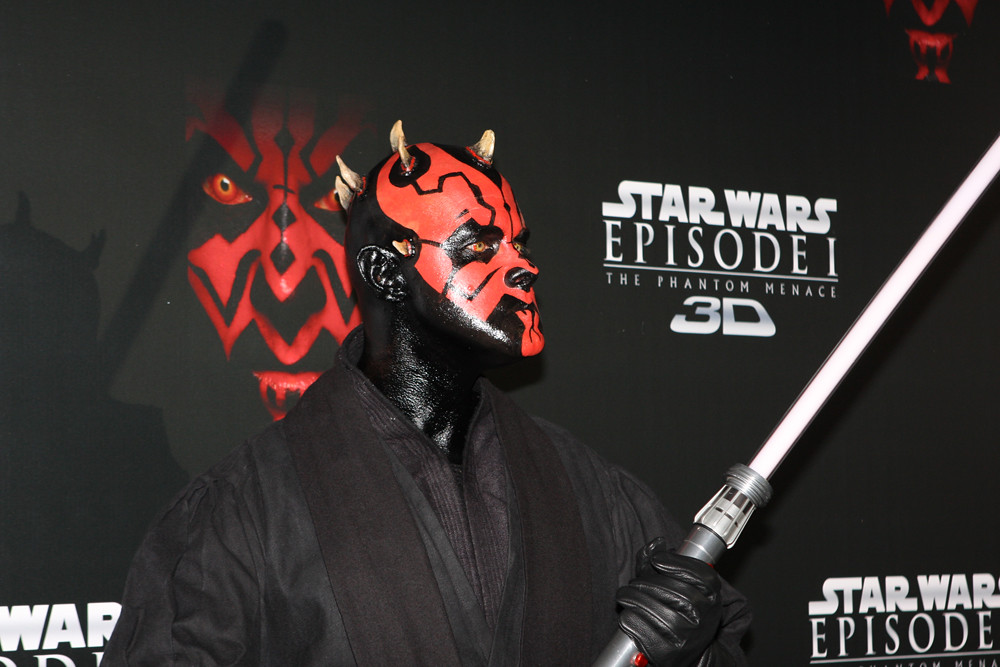
7. **Clones in Disguise: A Deeper Betrayal**Order 66 stands as one of the most horrifying and impactful sequences in all of Star Wars, a chilling montage depicting the systematic slaughter of the Jedi Order by their own clone troopers. This pre-programmed command turns allies into enemies, ushering in an era of darkness. While the final film effectively conveys the tragedy of the Jedi’s fall, an unfinished deleted scene from *Revenge of the Sith* reveals an even darker, more insidious side to Palpatine’s machinations.
After surviving the initial onslaught, Yoda and Obi-Wan Kenobi make their desperate return to Coruscant, hoping to understand the catastrophe that has befallen their Order. In this excised sequence, they were meant to encounter resistance not just from loyalist clones, but from troopers cunningly disguised in Jedi robes, staging an ambush within the sacred halls of the Jedi Temple itself. This visual would have been a gut-punch, portraying the ultimate desecration of their sanctuary.
While the scene might have played as “a little too silly” amidst the film’s somber ending, its dramatic implications are undeniable. It would have showcased an “even wilder side to the fall of the Jedi,” highlighting the depth of deception employed by Palpatine and his new enforcer, Darth Vader. The clones’ willingness to don the robes of their fallen masters, only to betray those who returned, underscores the ruthlessness of the new regime and the total collapse of trust within the galaxy.
This sequence would have amplified the sense of profound betrayal and despair experienced by Yoda and Obi-Wan. Their discovery of such a callous ploy within the very heart of the Jedi Order would have further cemented the tragedy of their losses and fueled their resolve to fight back. It serves as a stark reminder that the war wasn’t just physical, but psychological—a battle for the very soul of the galaxy, where even symbols of hope were corrupted.

8. **Leia and the New Republic: An Unheeded Warning***Star Wars: The Force Awakens* had the monumental task of reigniting a beloved saga after a three-decade hiatus, introducing a new generation of heroes while honoring the legacy characters. In doing so, it needed to quickly establish a new galactic status quo and the looming threat of the First Order. While the film eventually clarifies the Resistance’s role, a deleted scene would have provided crucial context for General Leia Organa’s struggles and the political landscape of the New Republic.
The film’s narrative relies on the audience understanding that Leia had a pivotal role in forming the New Republic, but its leadership largely dismissed her warnings about the rising First Order. Consequently, she founded the Resistance as an independent force. A cut scene from *The Force Awakens* directly addresses this tension: Leia dispatches Korr Sella, a Resistance member, to plead with the Republic for aid, openly acknowledging that the Senators likely view her as “crazy” for her unwavering conviction.
This excised moment offers invaluable world-building, clarifying the political climate that forced Leia’s hand in creating the Resistance. It vividly illustrates the New Republic’s complacent refusal to acknowledge the First Order as a significant threat, a blindness that ultimately proves catastrophic. The tragic irony is underscored by Korr Sella’s eventual demise, seen only briefly in the final cut just before the First Order obliterates the Republic, making her mission a poignant, unheeded cry for help.
Including this conversation would have significantly deepened Leia’s character arc, showcasing her strategic acumen, her frustration with political inertia, and her profound dedication to protecting the galaxy even when isolated. It would have transformed Korr Sella from a background character into a symbol of the Republic’s fatal flaw, imbuing her brief appearance and death with far greater emotional weight and providing a clearer narrative bridge for how the galaxy arrived at this renewed state of conflict.
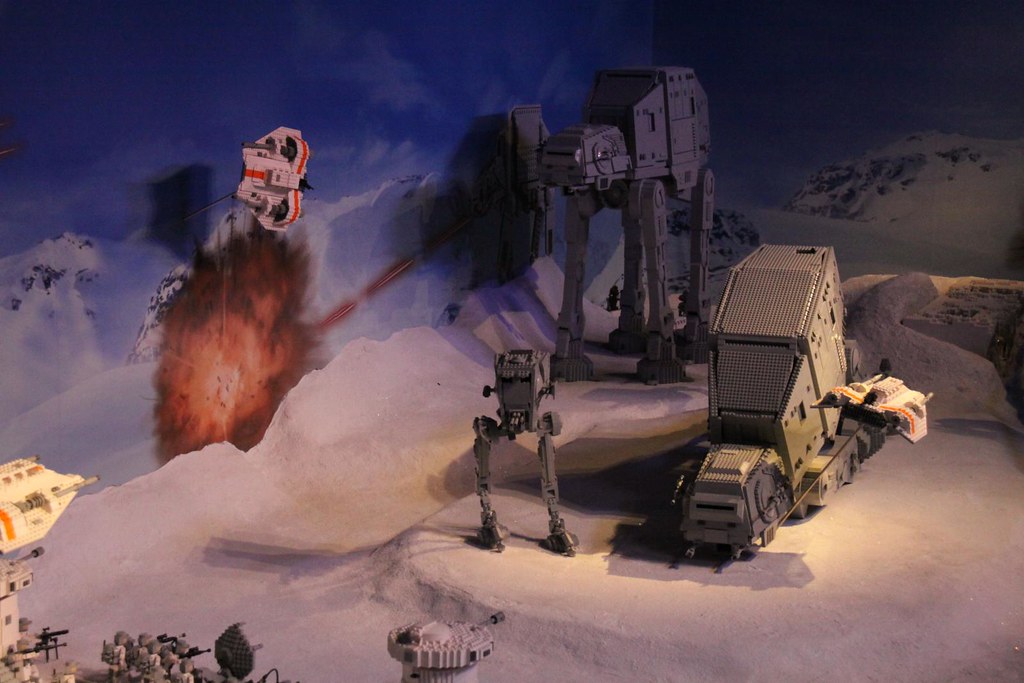
9. **Rogue One’s Alternate Action: The Shifting Sands of Scarif***Rogue One: A Star Wars Story* stands as a unique entry in the saga, celebrated for its gritty, war-torn aesthetic and its climactic, self-contained mission. However, the film’s journey to its final form was famously tumultuous, with extensive reshoots and editorial changes significantly altering its narrative, particularly its third act. Trailers for the film offered tantalizing glimpses of scenes that never made it into the finished product, hinting at alternate realities for the Battle of Scarif.
One of the most memorable discrepancies between trailer and final cut involved the retrieval of the Death Star plans. Trailers showed Jyn Erso and her companions rushing across the Scarif beach with the data tape in hand, implying a desperate ground escape. This sequence diverged sharply from the film’s released version, where the plans are beamed directly from the communications tower. Such an alternative action sequence begs the question: could Jyn and her team have survived in that version?
As *Rogue One* director Gareth Edwards succinctly put it, the film was “this thing that incrementally evolved constantly through all of postproduction.” This dynamic creative process means that these alternate action beats weren’t necessarily part of a completely different, locked-down version, but rather threads that, if pulled, would have completely reshaped the narrative. The beach run, for instance, implies a different tactical approach and perhaps a less definitive, heroic sacrifice for the core team.
The existence of such an alternate, highly kinetic sequence underscores the sheer number of creative choices that ultimately forged *Rogue One*. It invites fans to ponder the “what-ifs”—a parallel universe where the mission’s conclusion might have been less grim, yet perhaps less impactful. Ultimately, the chosen ending reinforced the film’s powerful theme of sacrifice for a greater cause, but this deleted action remains a fascinating peek into the film’s fluid development.
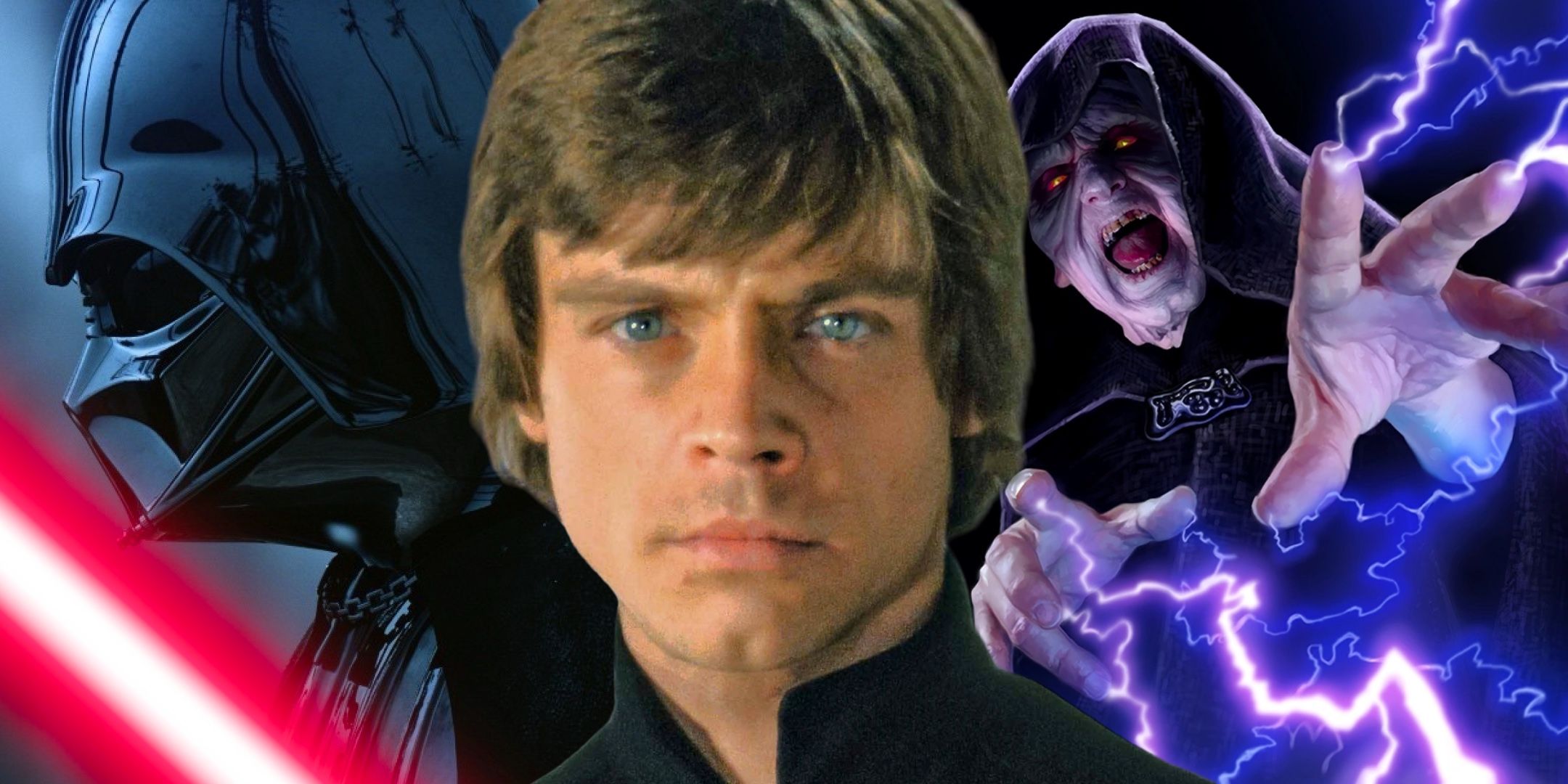
10. **Luke in Mourning: The Silent Burden of Loss***Star Wars: The Last Jedi* undertook the ambitious task of presenting a profoundly changed Luke Skywalker, grappling with past failures and a self-imposed exile from the Force. Writer/director Rian Johnson meticulously crafted Luke’s complex emotional journey, but even with substantial screen time, some powerful character beats ended up on the cutting room floor. One such scene would have provided a crucial emotional anchor for Luke’s state of mind.
The film briefly alludes to Luke learning about Han Solo’s death, but the actual moment of revelation and its immediate aftermath are not shown. A deeply affecting deleted scene, however, fills this gap. Shortly after Rey and Chewbacca’s arrival on Ahch-To, and presumably after Luke asks, “Where’s Han?”, we see Luke wordless and visibly shaken, sitting in his isolated hut. The despair and profound guilt on his face are palpable as he contemplates the loss of his brother-in-law and lifelong friend.
Mark Hamill’s performance in this excised moment is nothing short of masterful, conveying a silent burden of grief and regret. He wonders if things might have been different had he not abandoned his friends and the galaxy. This scene would have provided vital context for Luke’s initial reluctance to rejoin the fight, making his self-imposed exile and his eventual, reluctant re-engagement far more understandable and emotionally resonant for audiences.
By explicitly showing Luke’s grief, the scene would have underscored the heavy toll that past events and his isolation had taken on him. It’s a powerful illustration of the “emotional struggles of iconic characters,” connecting his present despair directly to the personal costs of the galactic conflict. This deleted moment, though silent, speaks volumes about Luke’s enduring humanity and the profound pain he carried, making his eventual heroic return and sacrifice in the film even more poignant.
As we conclude our journey through the unseen corners of the Star Wars saga, it becomes abundantly clear that these deleted scenes are far more than mere outtakes. They are invaluable windows into the intricate tapestry of storytelling, revealing the countless decisions and creative paths that shape the epic narratives we cherish. From political intrigue that laid the groundwork for rebellion to raw, personal moments that would have deepened our connection to beloved heroes, each excised fragment offers a compelling glimpse into alternate realities and richer character motivations.
While pacing and narrative flow often necessitate tough choices in the editing room, exploring these lost scenes enriches our appreciation for the final films, providing layers of context and emotional depth that might otherwise remain hidden. They remind us that the galaxy far, far away is ever-expanding, not just through new stories, but also through the rediscovery of those that almost were, keeping the spirit of exploration and discussion alive among fans for generations to come.


